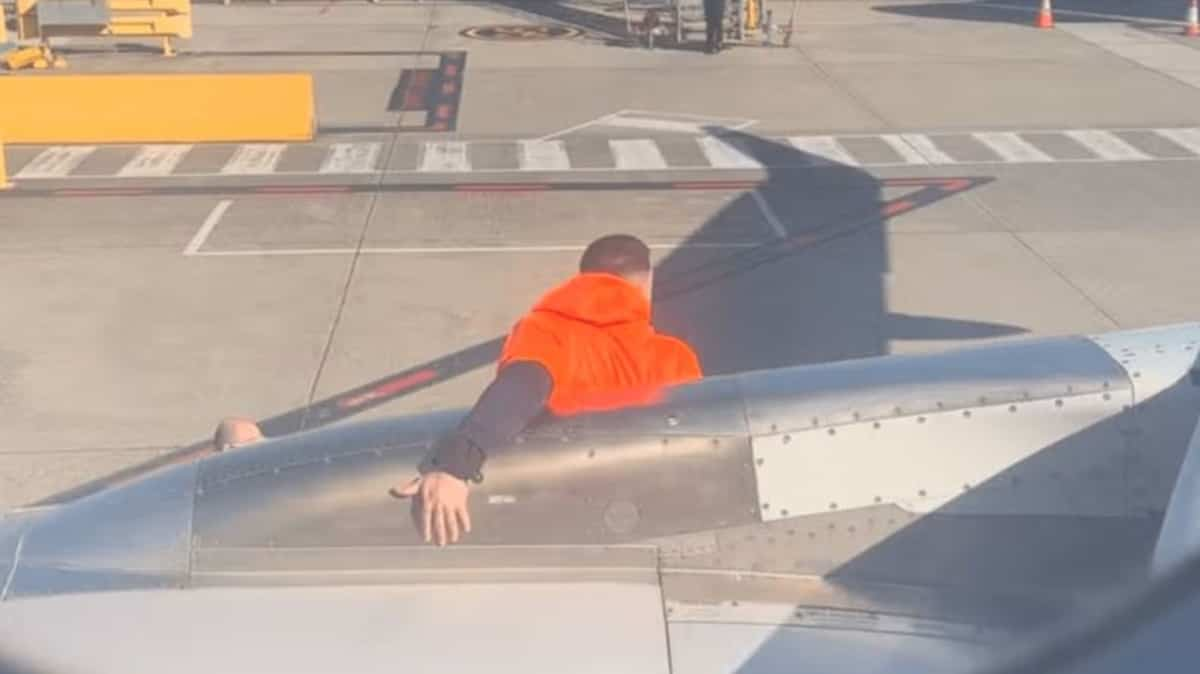
Returning from the southern front, Ukrainian President Volodymyr Zelensky asserted on Sunday that his forces were keeping morale and had no doubts of victory over the Russians, in a conflict that could last for years according to NATO.
On a rare visit outside Kyiv, where he had holed up at the start of the conflict when the capital was threatened by the Russian army, Zelensky traveled to the Black Sea city of Mykolaiv, where he visited troops stationed nearby and in the neighboring Odessa region.
“We will not give the south to anyone, we will take everything back, the sea will be Ukrainian, it will be safe,” he said in a video posted on Telegram upon his return to Kyiv.
His comments were followed by a gloomy assessment of the situation by NATO Secretary General Jens Stoltenberg.
In an interview published by German newspaper Bild on Sunday, he warned that the war could last “for years” and urged Western countries to register their long-term support for Kiev.
“We should not get bogged down in support of Ukraine, despite the high costs, not only in terms of military support, but also due to high energy and food prices,” said Jens Stoltenberg.
Russian forces have focused their firepower on eastern and southern Ukraine in recent weeks since their failed attempt to seize the capital, Kyiv, after the blitzkrieg invasion on February 24.
“The losses are huge. Many homes have been destroyed, civil logistics are disrupted, and there are many social problems,” Zelensky said.
“I asked for help to people who lost loved ones in general. We will certainly rebuild everything that was destroyed. Russia does not have missiles as much as our people want to live.”
Mr. Zelensky thanked the soldiers, seeking to contain the surge of Russian forces, backed in the east of the annexed Crimea, for their “heroic service”.
“It is important to be alive. As long as you are alive, there is a strong Ukrainian wall protecting our country,” he told them.
A video clip, released by the presidency, showed in Mykolaiv accompanied by local governor Vitaly Kim, in front of the blooming facade of the headquarters of the regional administration, which was subjected to a Russian strike in March that left 37 people dead.
This port and industrial city with a pre-war population of almost half a million people is still under Ukrainian control, but it is close to the Kherson region, which is almost completely occupied by the Russians. A Russian raid killed two people and wounded 20 on Friday.






